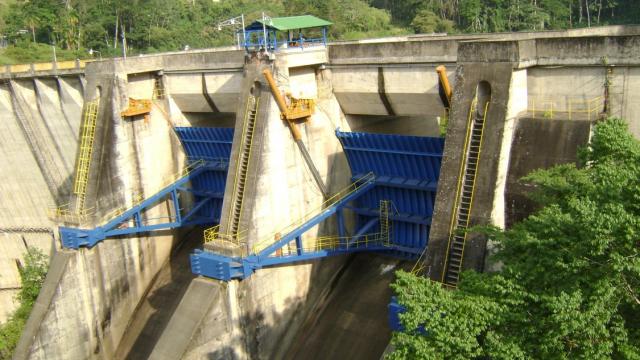
In 2015, Costa Rica derived 99 percent of its electricity from renewable energy sources, its state electric agency announced last week. Officials also say the country spent 285 days powered by 100 percent renewable sources – more than two-thirds of the year.
Costa Rica has taken full advantage of its abundant natural resources on its way to its ambitious goal of becoming carbon emission neutral by 2021. The nation derives about 5 percent of its power from the wind, 15 percent from geothermal sources like volcanoes, and a whopping 80 percent from hydroelectric plants, which are driven by the damming of the country’s abundant rivers.
What’s more, major wind, geothermal, and hydroelectric projects are set to come online in the next few years – which means the country will become even greener.
But as The Guardian’s Lindsay Fendt cautioned back in March, Costa Rica’s reliance on these renewables – particularly on hydroelectric power – leaves the country’s energy system at the mercy of the weather. Hydropower plants require consistent rainfall, and when they don’t get that, Costa Rican utility companies are forced to burn fossil fuels and release greenhouses gases.
The country has been hit by serious droughts over the past few years, and scientists suggest that wild boom-and-bust water cycles will only become wilder as climate change accelerates.
What’s more, the country still struggles with an air pollution problem, which does not count toward that 99 percent metric. Vehicles emit more than half of the country’s carbon dioxide output.
Still, Costa Rica’s announcement is an exciting precedent for the world. “[W]e are closing 2015 with renewable electricity milestones that have put us in the global spotlight,” electricity division chief Luis Pacheco said in a statement, AFP reports.
3 WAYS TO SHOW YOUR SUPPORT
- Log in to post comments

















